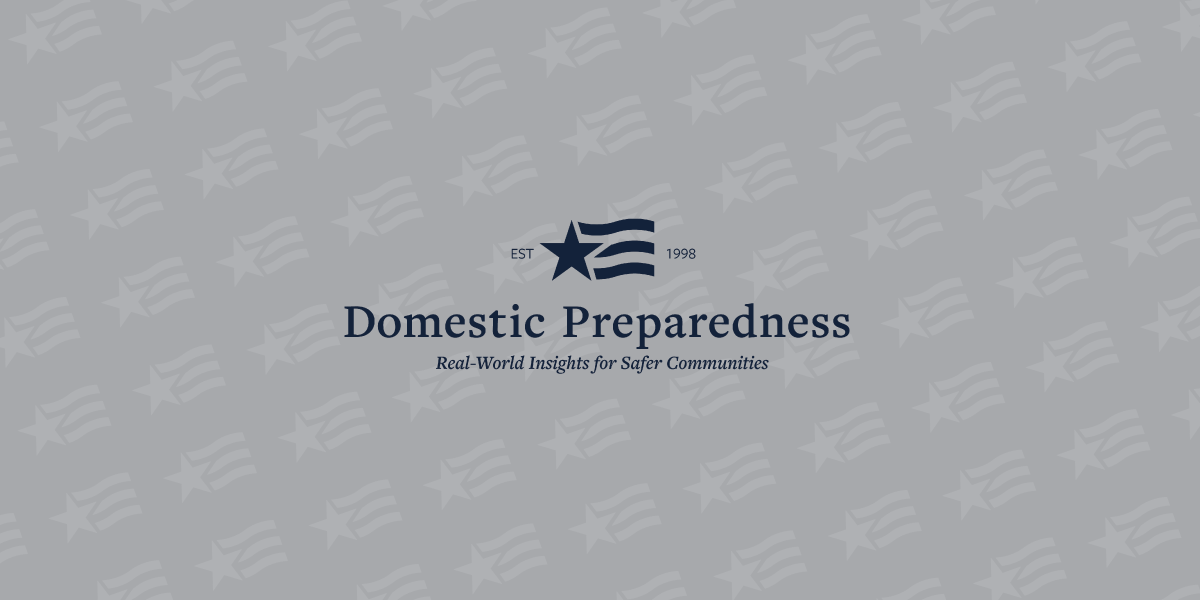Of the numerous insidious threats currently endangering U.S. communities, one of the worst is the homegrown problem of clandestine methamphetamine labs. The Drug Enforcement Administration (DEA) reports that 6,435 “meth” lab incidents were reported in 2006, and that number is likely to increase in the foreseeable future. The labs can and do pose a significant threat to first responders, city and county service providers, health and safety officials, everyday citizens living in the vicinity of a meth lab, and even subsequent inhabitants of former meth lab sites. At the recent American Industrial Hygiene Conference & Exhibition in Philadelphia, Pennsylvania, the American Industrial Hygiene Association (AIHA) created and displayed a “mock” meth lab that dramatically illustrated the many health threats that these labs pose. The mock lab displayed the household implements and chemicals commonly used to manufacture meth, and industrial hygienists – scientists who test meth lab sites for contamination and recommend cleanup procedures – were on hand to explain the dangers. They were joined by DEA officials, including several who brought in a special DEA drug lab response truck. The Philadelphia Police Department’s Major Incident Response Team also not only displayed equipment but also demonstrated the tactics used for entering and securing suspected meth labs. Local Drug Stores and Home-Made Recipes Meth can be made almost anywhere using materials that usually are readily available at local stores. Among the chemicals used to manufacture meth are pseudoephedrine (contained in over-the-counter cold medicines), anhydrous ammonia (used primarily Federal and state laws now limit the purchase of pseudoephedrine; unfortunately, meth “cooks” continue to find ways around the system as an agricultural fertilizer and industrial refrigerant), and red phosphorus (used in matches). Federal and state laws now limit the purchase of pseudoephedrine; unfortunately, meth “cooks” continue to find ways around the system to acquire pseudoephedrine. Instructions and recipes for making meth are easily found on the Internet, and books on the subject can be purchased online. Commercial buildings, houses, apartments, hotel rooms, trailers, barns, vans, and storage units are just some of the structures commonly used for labs. Although many are located in rural areas (to provide privacy and improve security), meth labs also can be found in many urban and suburban areas. The twin dangers of fire and explosions are always present in meth lab operations, and pose a significant threat to first responders. Contaminants both in the air and on numerous surfaces in the labs also are dangerous – a point the AIHA made in its display by featuring some of the personal protective equipment that must be worn by those investigating the labs. Even after they are dismantled, meth labs remain dangerous, because they leave a toxic trail of chemical dust and vapors that can seep into adjacent spaces – including but not limited to neighboring homes, apartments, and hotel rooms. Walls, floors, toys, furniture, ventilation systems, plumbing fixtures, septic systems, and surrounding soil all may require professional decontamination. Victims, Symptoms, and Specialists Among those at particular risk of exposure are real estate agents, landlords, property managers, prospective renters and home buyers, garbage collectors, utility workers, plumbers, social service workers, and first responders. Children living in the vicinity of a meth lab also can be at risk. In fact, thousands of clandestine seizures each year involve children, who can be unwitting victims when adults in their own households expose them to contamination. Visitors or neighbors also can be hurt by the poisonous vapors that vent from meth labs or from the toxic “cooking” debris that is sometimes buried outside or flushed into a septic system. Respiratory problems, eye irritation, headaches, dizziness, and nausea are only a few of the symptoms victims may experience if they are exposed to contamination from a former meth lab site. One of the factors driving the continued manufacture and use of meth is its highly addictive nature – it is estimated that more than 90 percent of first-time users become addicted. Nearly 12 million Americans have tried meth at least once during their lifetime, according to the National Survey on Drug Use and Health report, Methamphetamine Use, Abuse, and Dependence: 2002, 2003, and 2004, published by the Substance Abuse and Mental Health Services Administration of the U.S. Department of Health and Human Services. AIHA recommends that anyone with concerns about potential meth lab exposure ask local law-enforcement officials not only to run a criminal check on the property but also to request documentation that the property was decontaminated professionally. AIHA also has published a book on the subject – Clandestine Methamphetamine Laboratory Assessment and Remediation Guidance – and offers a Consultants Listing on its website (www.aiha.org) of industrial hygienists, including those who specialize in meth lab cleanup.

Heather McArthur
Heather McArthur, one of a small group of certified industrial hygienists who work full-time for U.S. law-enforcement agencies, is the safety manager and industrial hygienist for the Phoenix (Ariz.) Police Department. She holds a Master of Science degree in Public Health with an Emphasis in Industrial Hygiene from the University of Utah. Her current responsibilities include safety, health and environmental compliance, and training for her department of 4,300 employees – including 3,200 sworn police officers. Her expertise in the area of clandestine laboratory remediation was recognized when she was appointed in 2004 by the governor of Arizona to the State Legislative Oversight Committee for the Remediation of Drug-Contaminated Properties. She also serves as chairperson of the AIHA Meth Lab Working Group.She can be reached at 602-534-8451 or by email at heather.mcarthur@phoenix.gov.
- Heather McArthurhttps://domprep.com/author/heather-mcarthur






